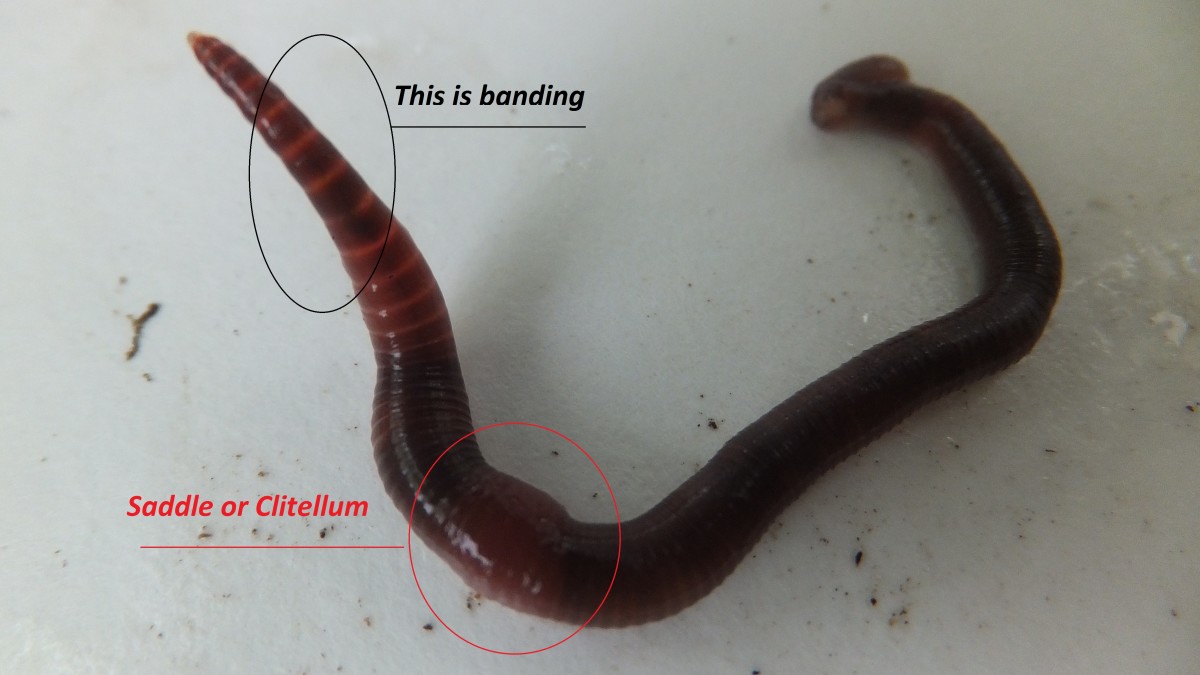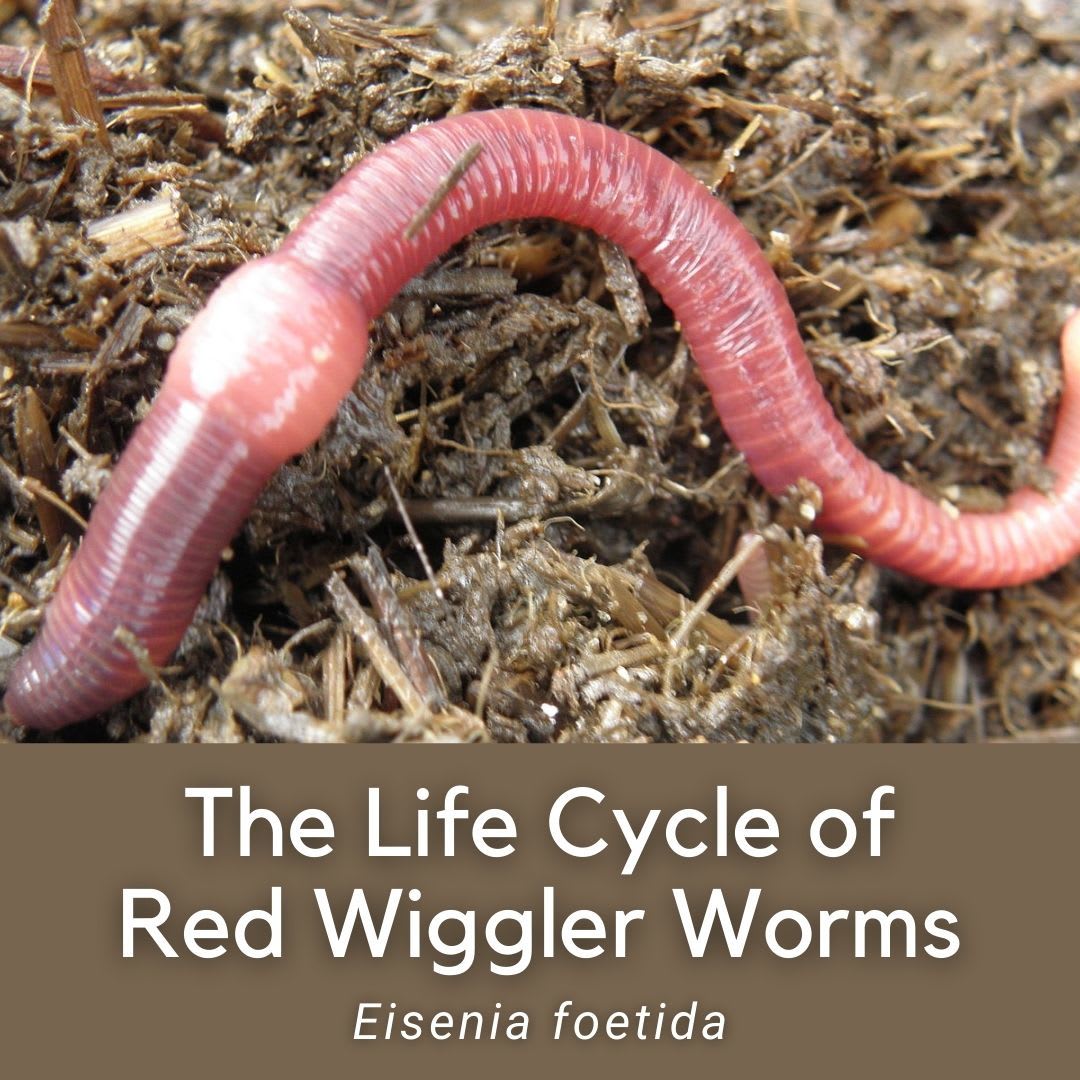Red Wigglers: The Unsung Heroes of Organic Waste Recycling
Red wigglers, or Eisenia fetida, offer as essential representatives in the organic waste reusing procedure, transforming thrown out products into beneficial vermicompost. As the globe progressively looks for options to fight waste accumulation and boost agricultural productivity, comprehending the role of these worms comes to be necessary.
What Are Red Wigglers?
The amazing durability of red wigglers, medically referred to as Eisenia fetida, underscores their critical function in natural waste recycling. These little, reddish-brown earthworms are typically located in decaying raw material, such as compost heaps and manure stacks. Lake Hickory Bait. Unlike other earthworm species, red wigglers thrive in nutrient-rich settings and are highly reliable at damaging down natural materials, making them essential for vermicomposting

Benefits of Composting With Worms
Composting with worms, particularly red wigglers, offers numerous advantages that enhance both waste management and dirt wellness. These worms efficiently damage down natural waste, transforming it right into nutrient-rich vermicompost that enhances soil. This process accelerates disintegration, permitting for a much faster recycling of cooking area scraps and various other organic materials contrasted to typical composting approaches.
Additionally, the vermicompost produced by red wigglers is bristling with beneficial microorganisms, which aid enhance soil framework, aeration, and moisture retention. This enhances the general wellness of plants, advertising energetic development and boosted yields in gardens and farming settings. Moreover, making use of worms in composting minimizes the manufacturing of greenhouse gases, such as methane, contributing to a more lasting waste administration system.

Exactly How to Begin Vermicomposting
Developing a vermicomposting system is a straightforward process that can yield substantial benefits for both waste administration and dirt enrichment. To start, select a suitable container, such as a plastic container or wood box, with adequate air flow holes to make certain correct air movement. The measurements ought to ideally be around 2 feet by 3 feet, permitting sufficient area for the worms to flourish.
Next, prepare bed linen material, which can include shredded newspaper, cardboard, or coconut coir. This bed linen ought to be moistened to create a suitable habitat for the worms. When the bed linen is in place, introduce red wigglers (Eisenia fetida) into the container, commonly around one pound of worms for every square foot of surface.
Following the positioning of worms, add natural waste, such as fruit and veggie scraps, coffee grounds, and smashed eggshells. With these steps, you will efficiently launch a vermicomposting system that adds to sustainable waste monitoring and enhances your soil.
Maintaining a Healthy And Balanced Worm Bin
Gently mixing the bed linen and food scraps every few weeks protects against compaction and makes certain that all worms have access to oxygen. Furthermore, it is vital to feed the worms appropriately.
If the bin becomes too hot or cool, the see worms might end up being stressed out. By vigilantly managing these factors, one can maintain a durable and efficient worm bin.
Influence On Sustainable Living
The effective upkeep of a worm bin not just profits the health and wellness of red wigglers but also adds dramatically to lasting living methods. By recycling natural waste, such as kitchen area scraps and yard particles, red wigglers assist divert significant quantities of material from land fills. This decrease in waste not only lowers greenhouse gas discharges but also decreases the ecological burden related to waste administration.
Furthermore, the castings created by red wigglers work as a nutrient-rich natural fertilizer, boosting soil health and advertising plant growth. This all-natural alternative to chemical plant foods sustains lasting agriculture and horticulture methods, reducing dependence on synthetic inputs that can hurt communities. In addition, worm composting promotes recognition of waste management, urging individuals and neighborhoods to adopt even more lasting practices.

Verdict
In recap, red wigglers serve as important contributors to natural waste reusing with their effective decomposition of organic products. By incorporating vermicomposting into waste management strategies, people and areas can substantially minimize waste while promoting ecological sustainability.
Comments on “Lake Hickory Bait: Your Partner for Successful Fishing on the Lake”